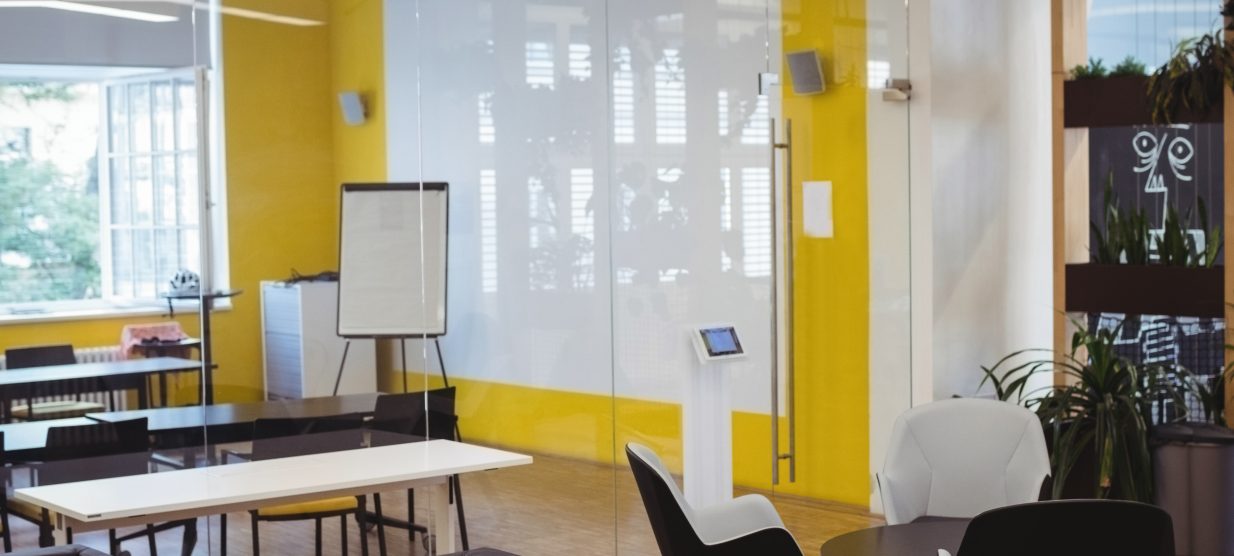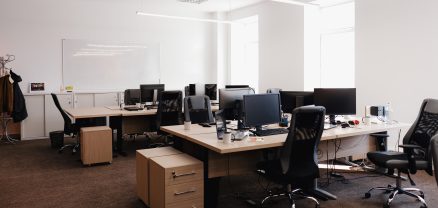The Psychology of Colors in Serviced Office Interiors
When it comes to designing a workplace, every detail matters, and color plays a surprisingly significant role. In serviced office interiors, where businesses from diverse industries share space, the choice of colors can influence mood, productivity, and even collaboration. Understanding the psychology of colors allows designers to create environments that inspire creativity, foster focus, and promote a sense of harmony among users.
How Colors Influence the Mind
Colors affect us on both a psychological and physiological level. Certain hues can evoke calmness and concentration, while others energize and stimulate. This is why choosing the right palette for serviced offices is essential. These shared spaces need to support different tasks, from quiet individual work to vibrant brainstorming sessions. By strategically applying color psychology, such environments can cater to a wide variety of business needs and goals.
Blue: The Color of Focus and Calm
Blue is often associated with trust, reliability, and calmness, making it a great choice for areas where focus and productivity are key. Research has shown that blue tones can lower heart rate and reduce stress, creating an environment conducive to deep work.
For serviced offices with private spaces or meeting rooms aimed at problem-solving and planning, shades of blue can promote a tranquil and focused atmosphere. A light blue wall paired with white accents, for instance, can instill a sense of openness and clarity in users.
Green: Balancing Energy and Restoration
Green represents balance, renewal, and growth. It’s a versatile color that reduces eye strain, making it ideal for areas where employees might spend extended periods staring at screens. Green also has a restorative effect on mental energy, helping to combat fatigue and refresh the mind.
Common spaces, such as break rooms or coworking lounges, can benefit from incorporating green. Plants, green furniture, or even moss walls add a natural touch that fosters relaxation without reducing energy levels. This calming effect can encourage meaningful interactions between coworkers during informal discussions or leisure breaks.
Yellow: Stimulating Creativity and Optimism
Yellow is the color of positivity and creativity. Often linked to feelings of happiness and energy, yellow can be strategically used in areas aimed at brainstorming or generating new ideas. It activates mental processes and ensures a sense of liveliness in the workspace.
However, because it’s such a bold color, yellow is best used as an accent rather than a dominant shade. A pop of yellow in seating areas, light fixtures, or wall art can energize a space without overwhelming the senses. Imagine a serviced office’s collaborative corner with white desks and cheerful, yellow chairs–the perfect setting for creative sparks to fly.
Red: Energizing and Commanding Attention
Red is a powerful color. Associated with energy, passion, and action, it works well in spaces where quick thinking and decision-making are prioritized. For example, a sales team using a serviced office space might thrive in a room with red accents, where the vibrant hue can boost energy levels and competitiveness.
Since red can also raise heart rates and excite emotions, it’s essential not to overuse it, especially in environments meant for relaxation or focus. Touches of red in decorative pieces like rugs, cushions, or wall art can provide just enough energy without feeling overwhelming.
Strategic Color Use Across Office Spaces
The psychology of colors allows serviced office providers to create distinct zones that cater to various activities:
- Reception Areas: These spaces set the tone for the office. Neutral bases like white or grey can establish professionalism, while blue or green accents add a sense of calm and welcome. A green plant wall behind a polished reception desk, for instance, can create an inviting first impression.
- Quiet Work Zones: For focus-intensive areas, blue remains a top pick. Consider muted blues or greys paired with earthy tones to encourage concentration without distraction.
- Collaborative Spaces: Bold colors like yellow or even orange can stimulate creativity and interaction. Painted murals or funky furniture in these shades make collaborative zones feel vibrant and energizing.
- Break Rooms: Green remains optimal for break spaces. Its restorative properties help employees recharge and prepare for their next task. Adding warm neutrals like beige or light wood tones can make the space feel even more comforting.
- Event or Networking Areas: Red and gold add a touch of elegance and energy to spaces that host gatherings. These colors encourage excitement and engagement while projecting a dynamic impression.
Final Thoughts
The colors used in serviced office interiors aren’t just decorative; they’re shaping the experiences and outcomes of the people who work there. From enhancing focus and productivity to fostering creativity and collaboration, color selection is a powerful tool in creating adaptable, effective workspaces.
By blending the principles of color psychology with thoughtful design, serviced offices can offer more than just a place to work. They become spaces where businesses thrive, teams connect, and ideas flourish. When chosen well, the right hues turn even the most functional space into an inspiring one.

Do not hesitate to contact us
Get in touch, if you have any question


